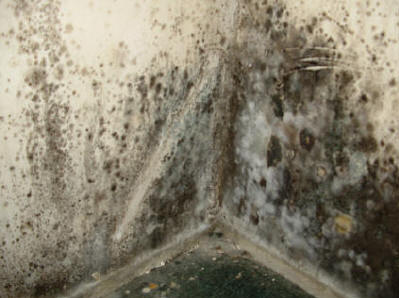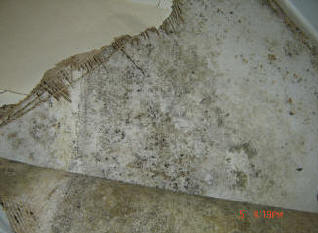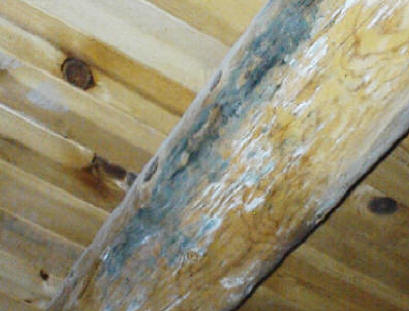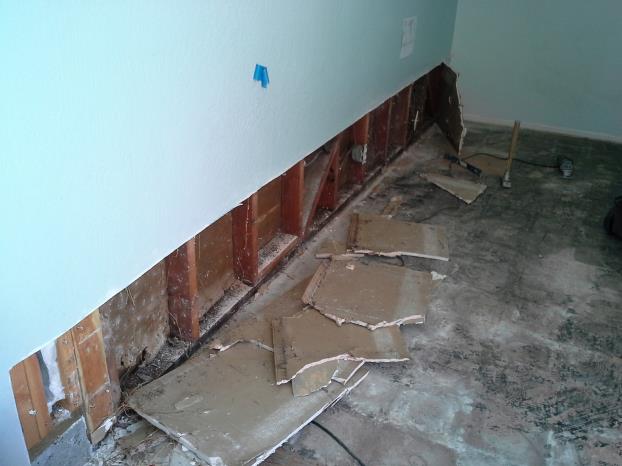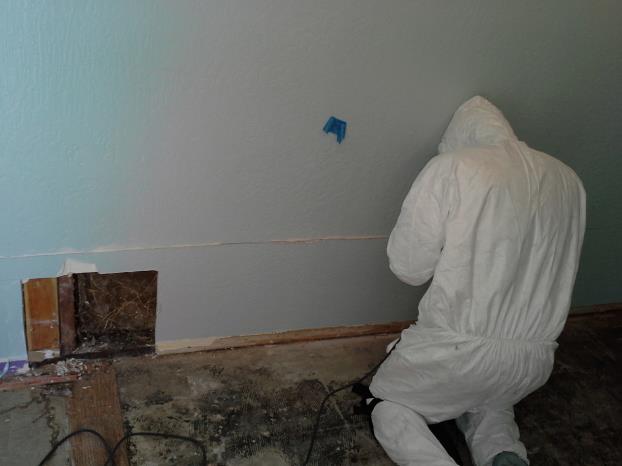Patrick called me and was extremely honest. Rather than selling and charging me, he walked me through a diagnostic and recommended I clean it up on my own, and gave me some free tips on how to prevent my situation from happening in the future. A few of the other testing companies with whom I spoke had completely different approaches. I wish most companies believed that honesty is the best policy and means of building strong brands.
— Bryan N. ☆☆☆☆☆
Patrick is very knowledgeable, professional, honest, and friendly. There is water damager to my unit from 2 different leaks from the unit above and I was not making any progress with Allstate insurance so I decided to take things in my own hands and get Patrick to come out and test for mold. Patrick came out and not only did he test for mold but he pointed out several issues that I was not aware of and if it weren't for Patrick I wouldn't have the opportunity to address these issues with my insurance company who completely kept this information from me. Patrick went above and beyond. He didn't have to spend the time with me to learn what happened to my home he could have simply shown up and tested for mold and left but he didn't he went way above and beyond to educate me and make sure that I knew what my rights are. Thank you Patrick for the great work that you did for me and for being a wonderful human being. We need more people like you in this world.
— Parastoo E. ☆☆☆☆☆
Check out more reviews from our Yelp page!
